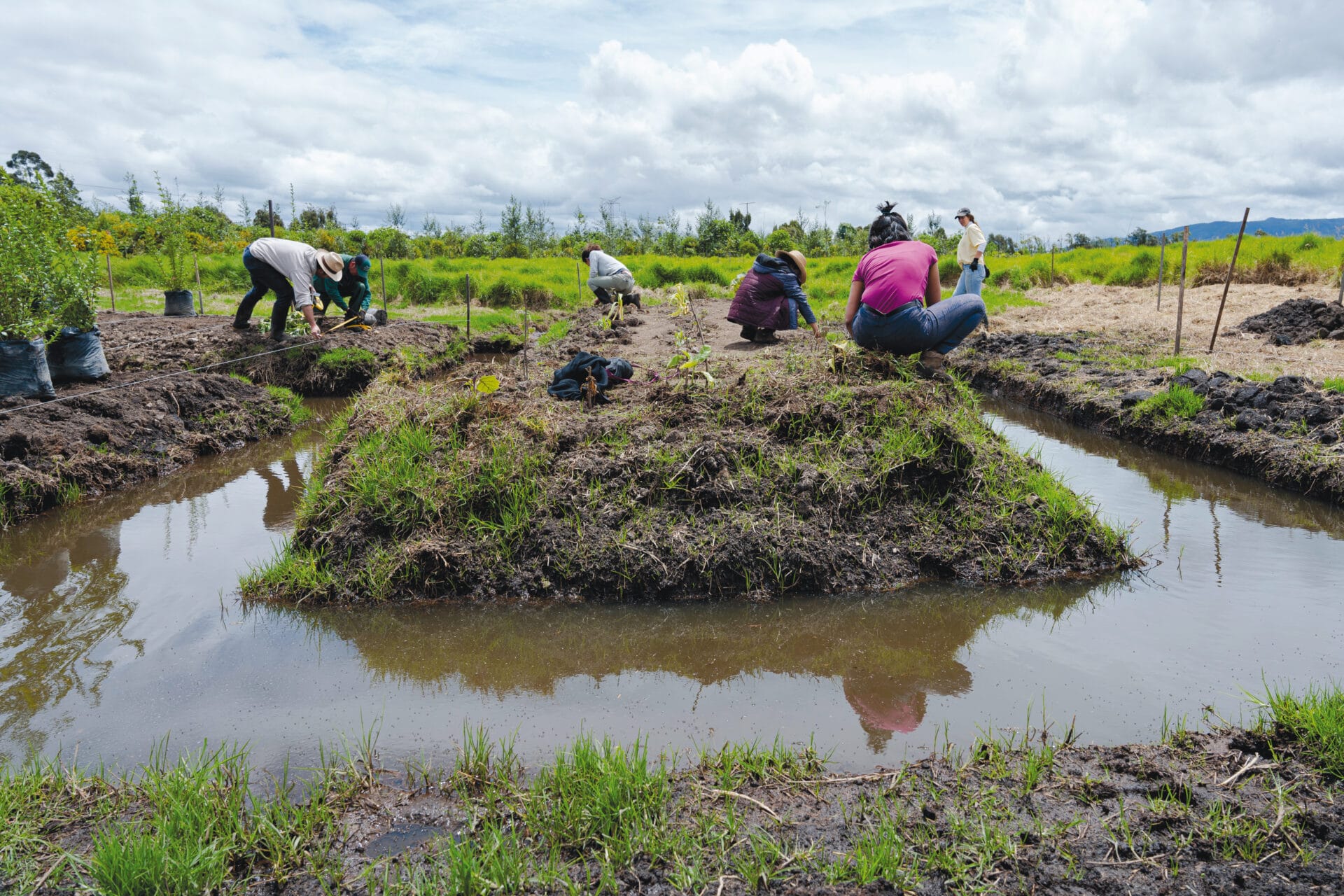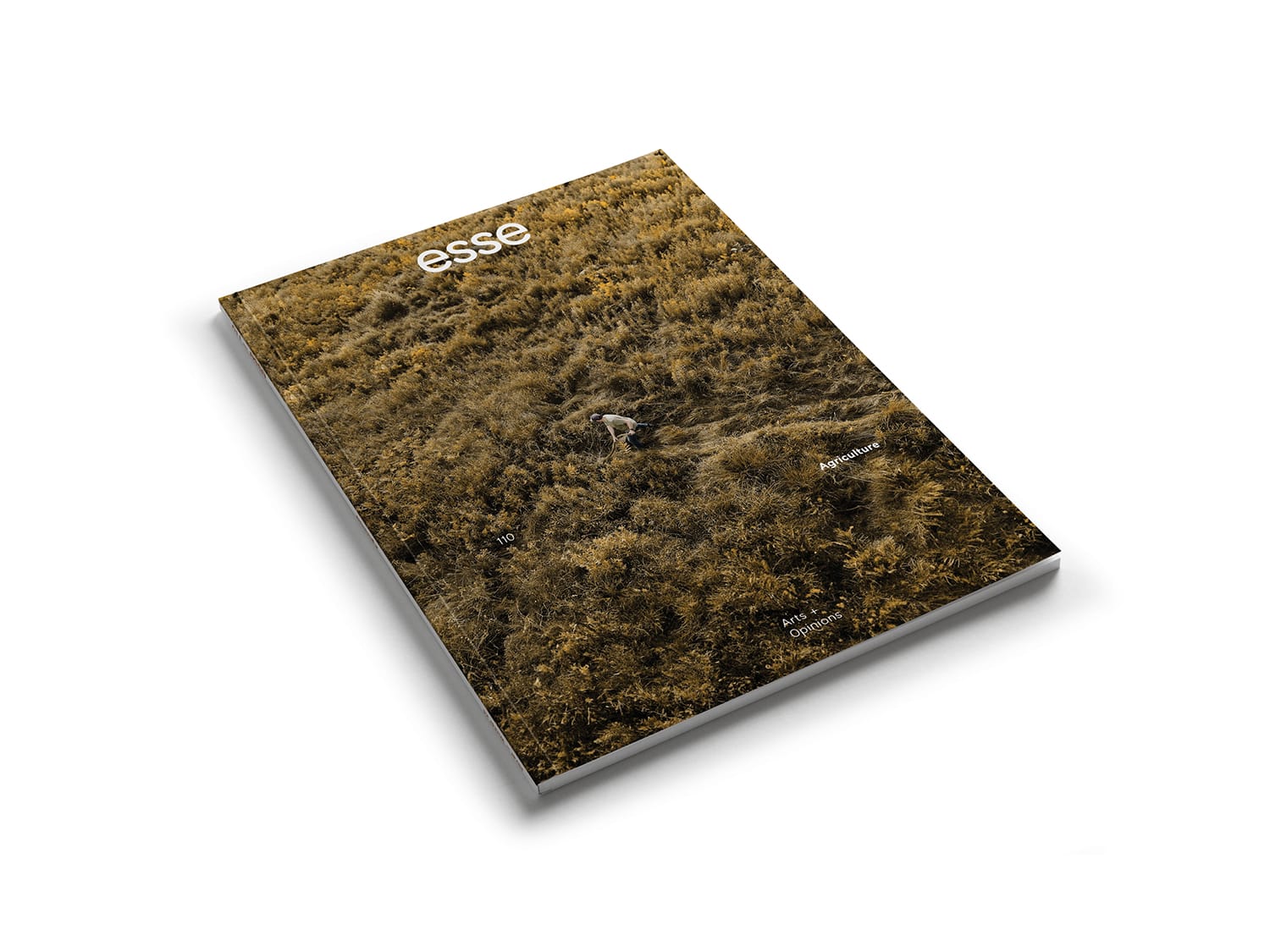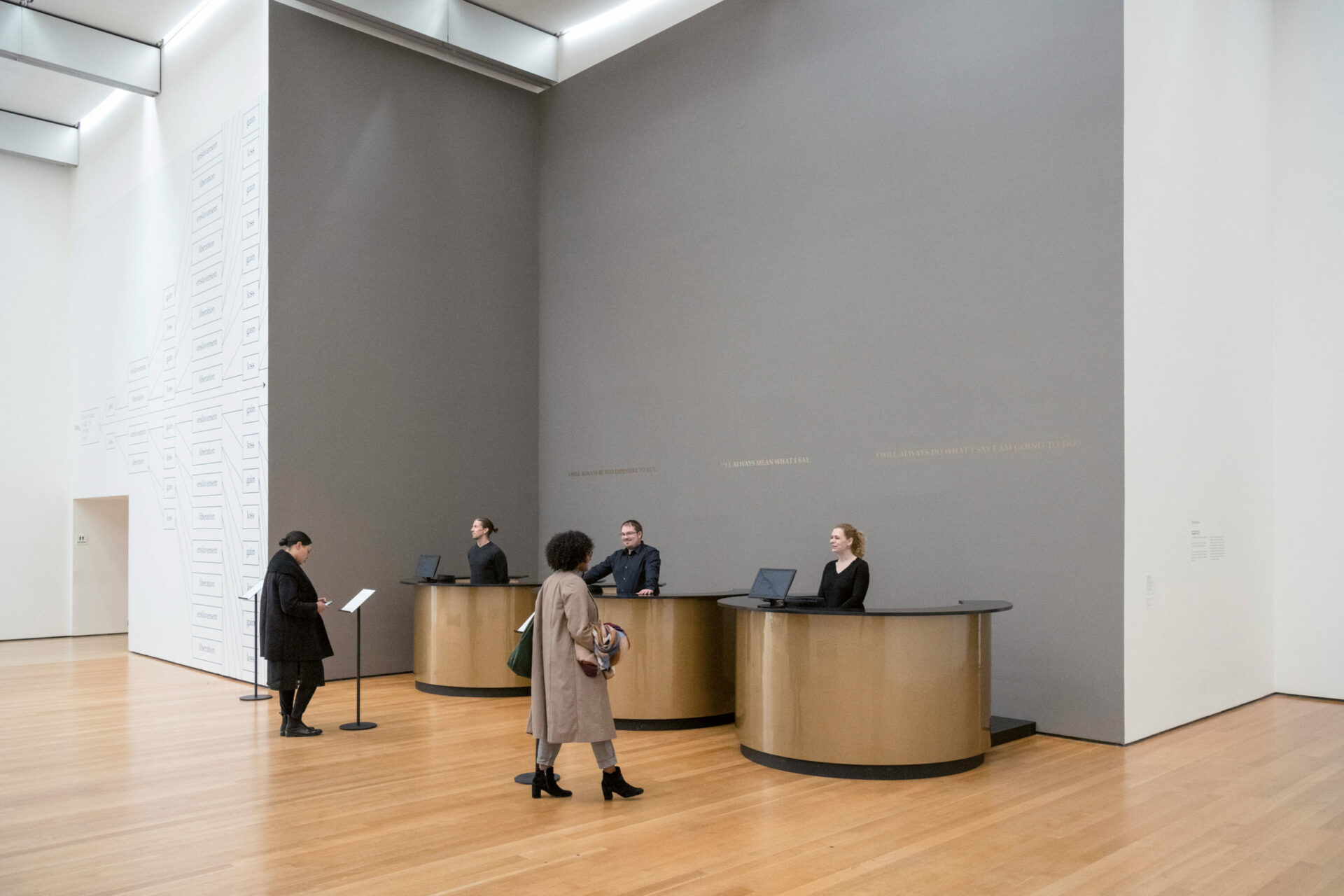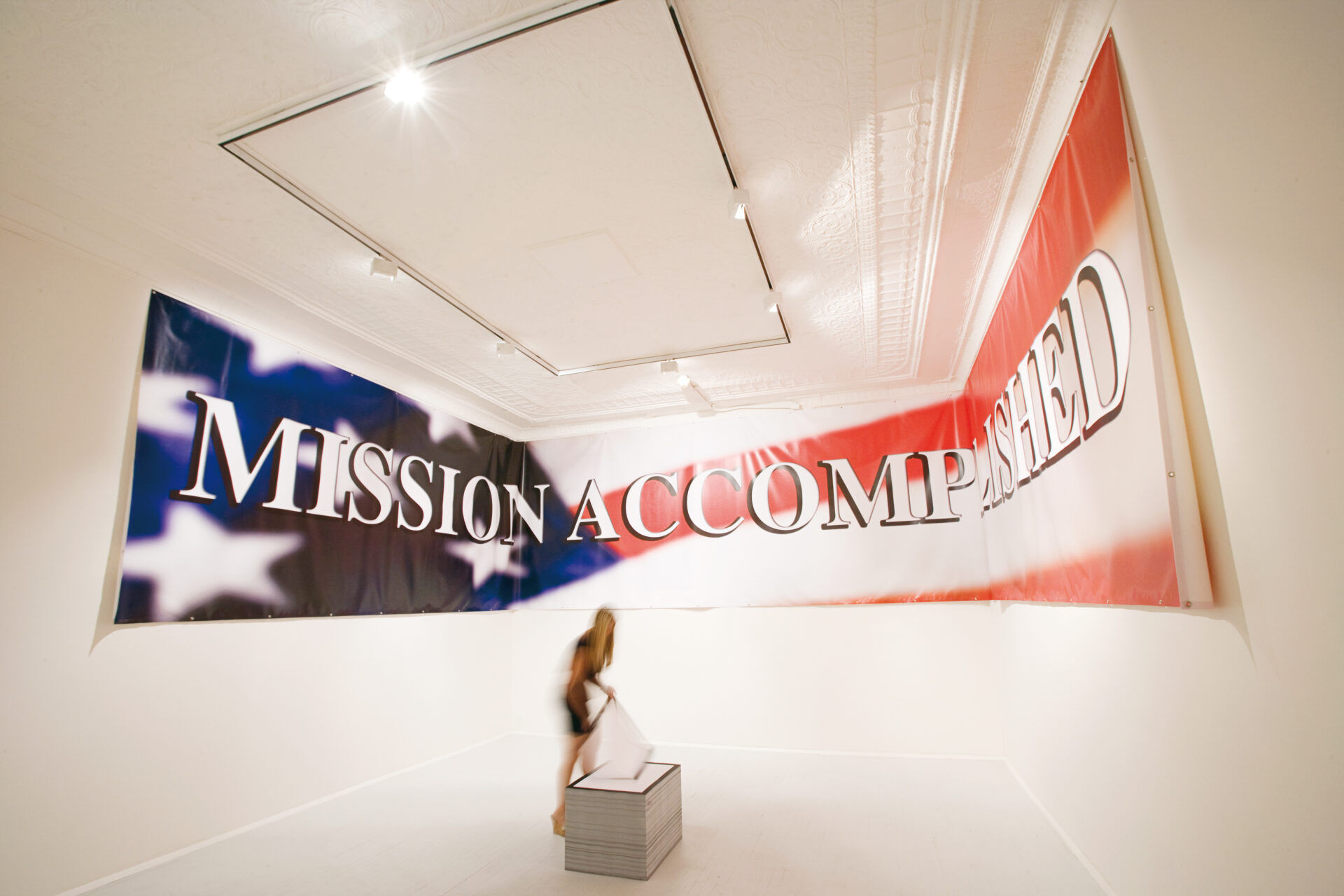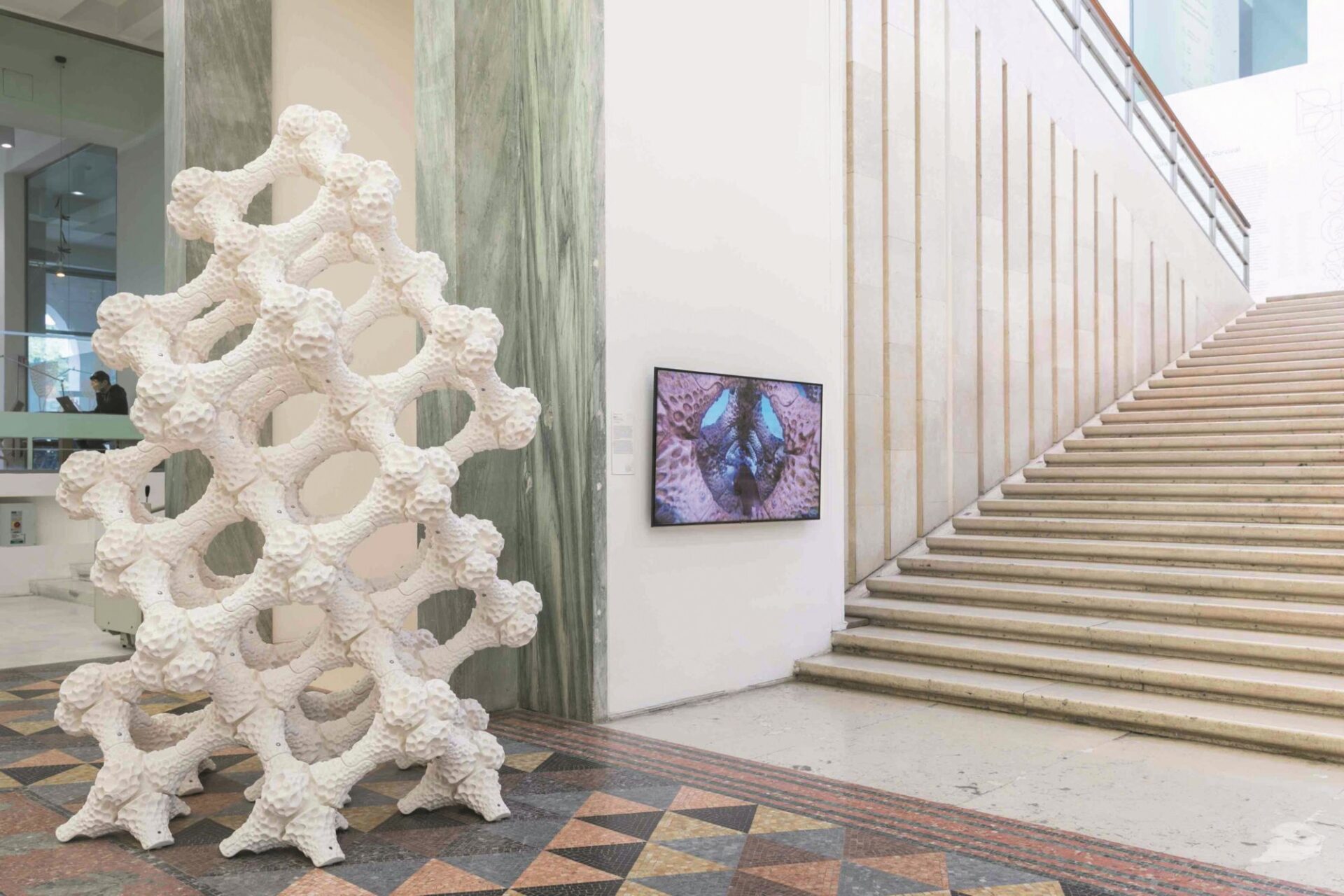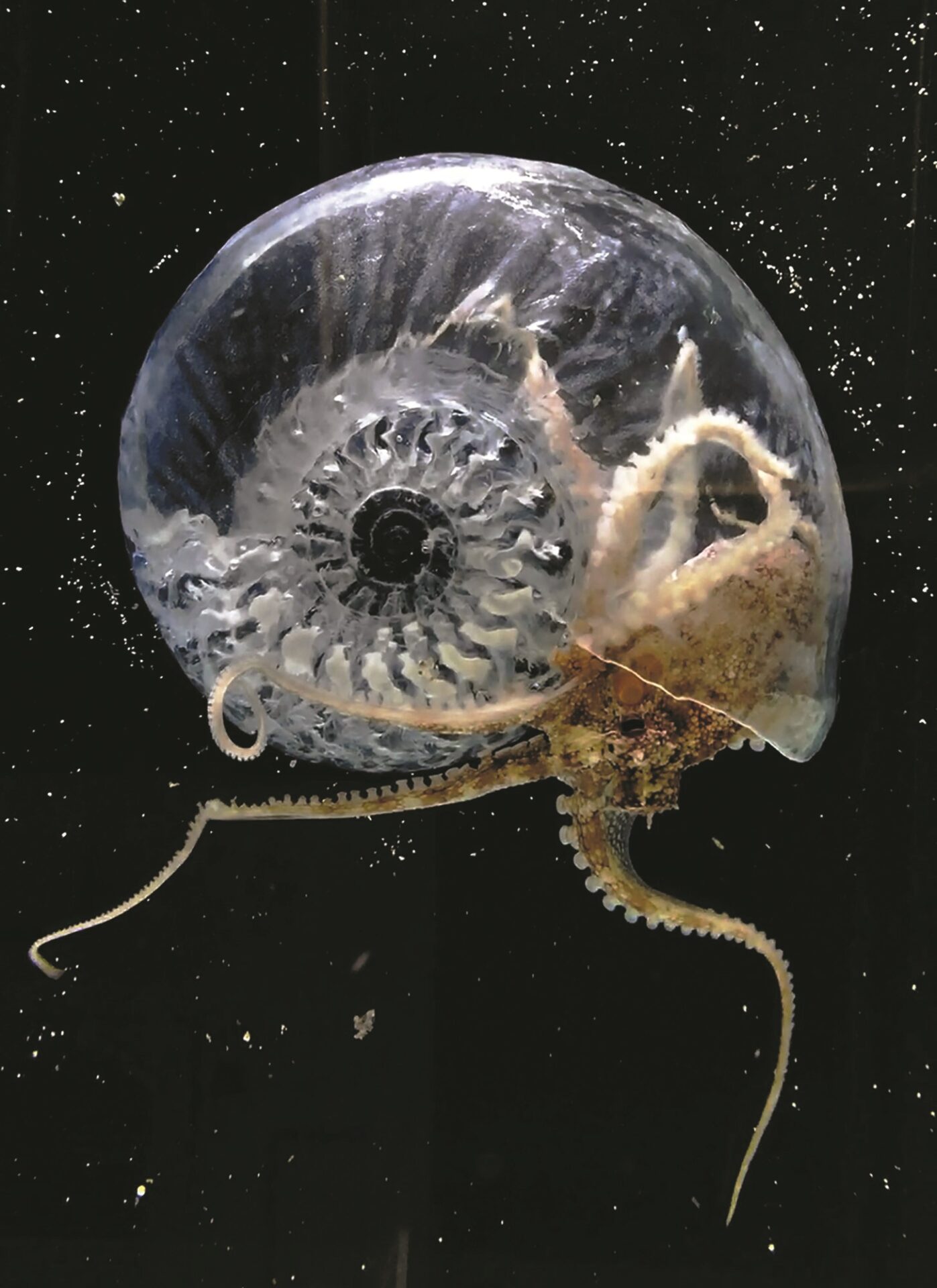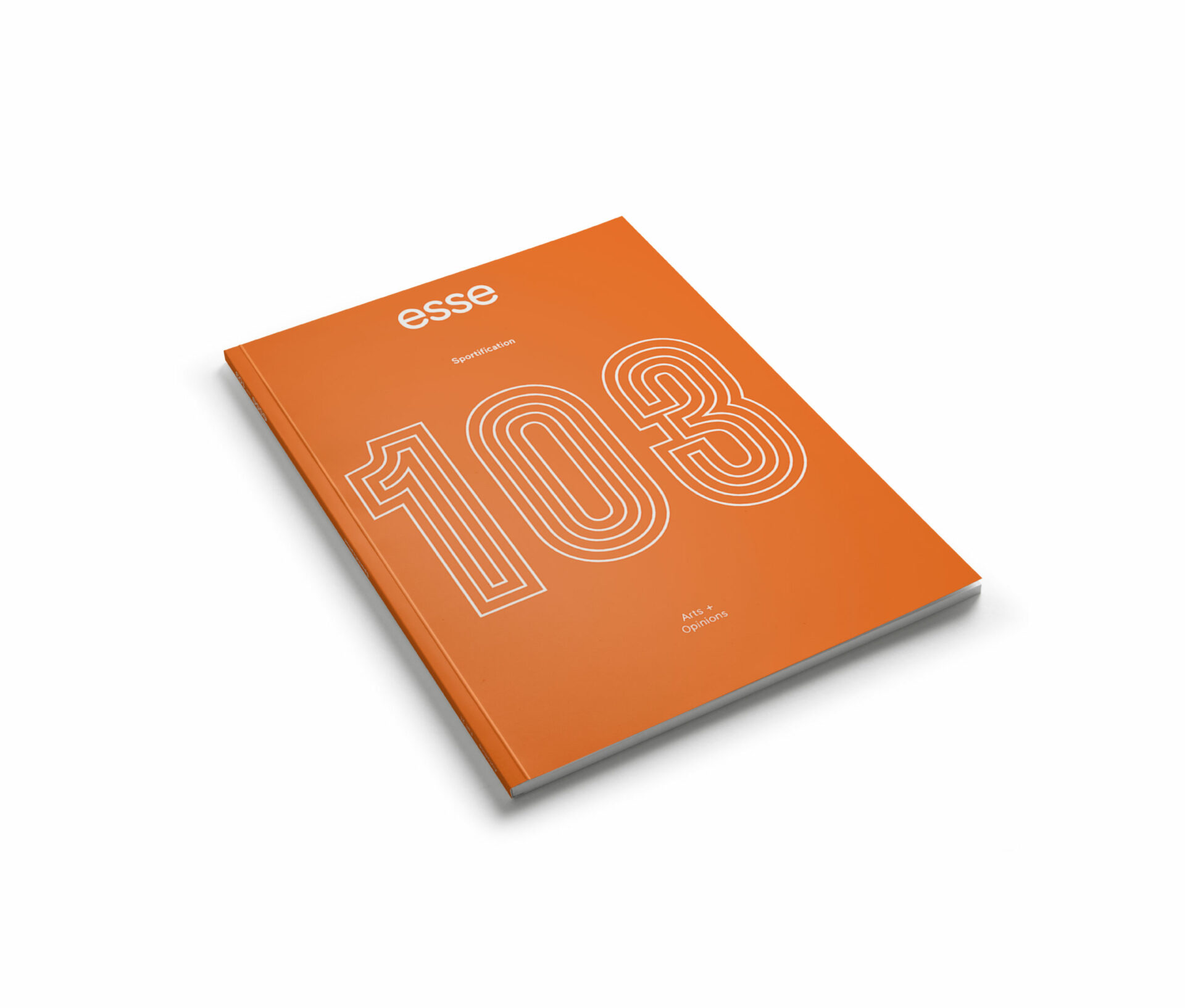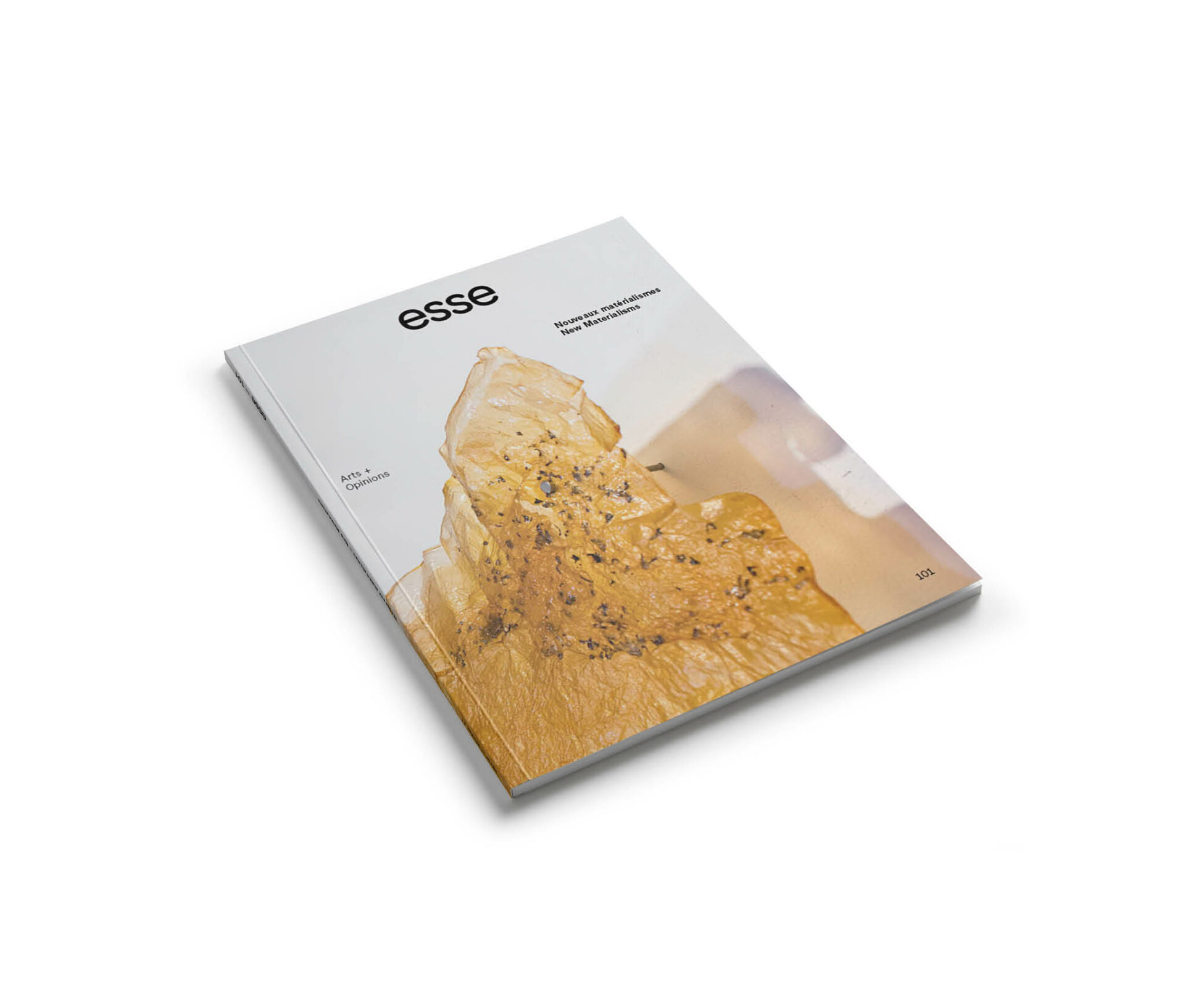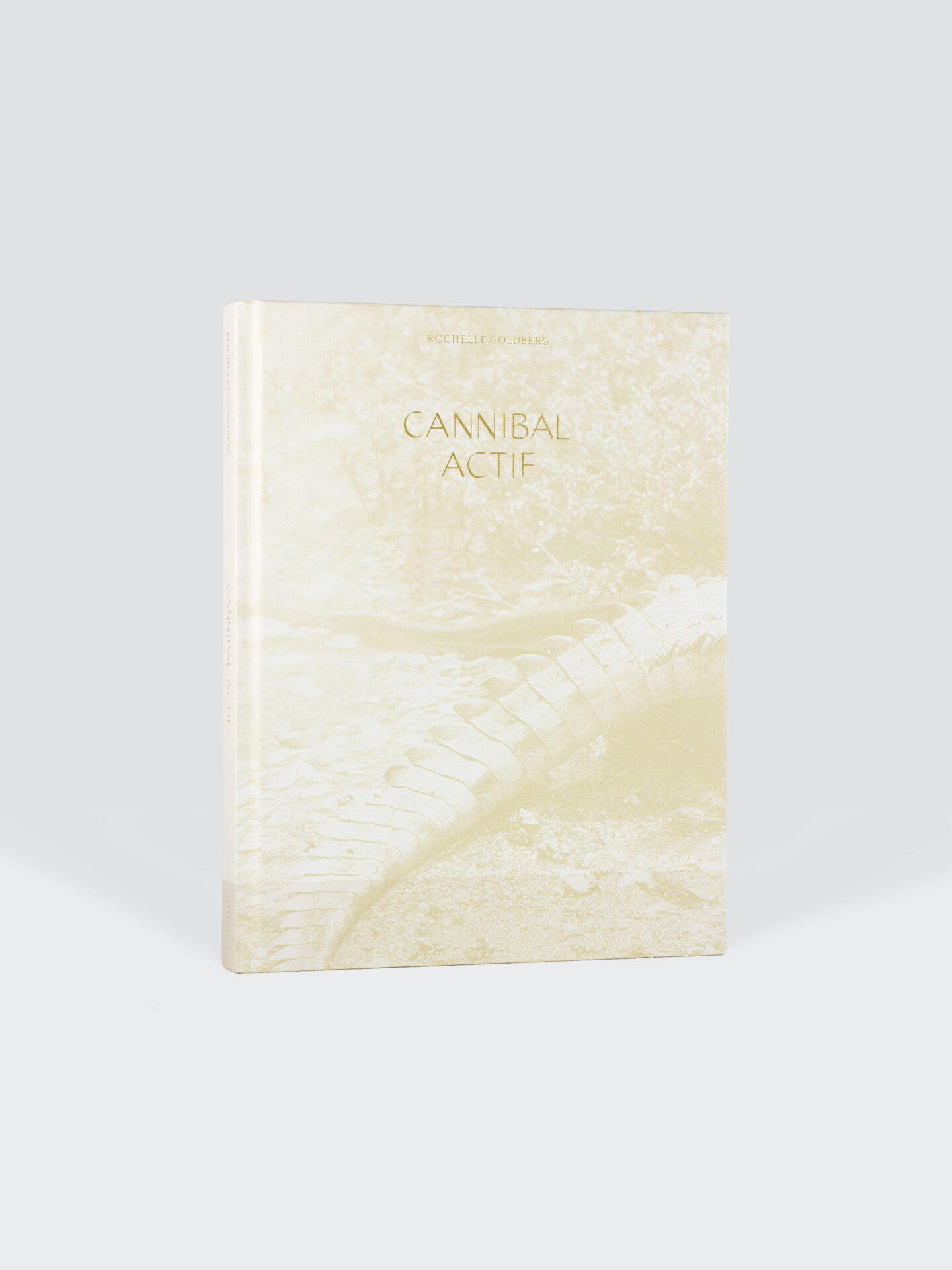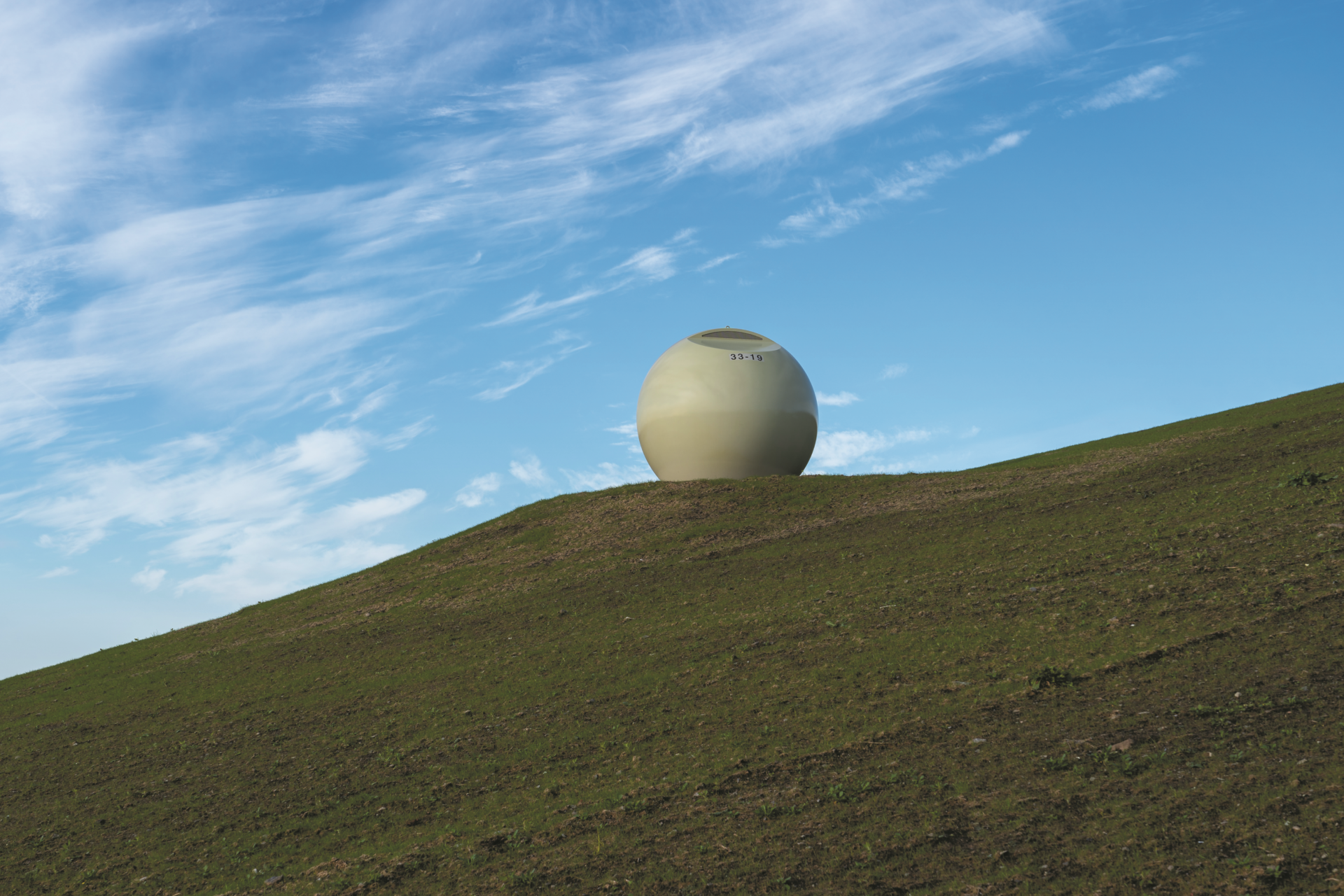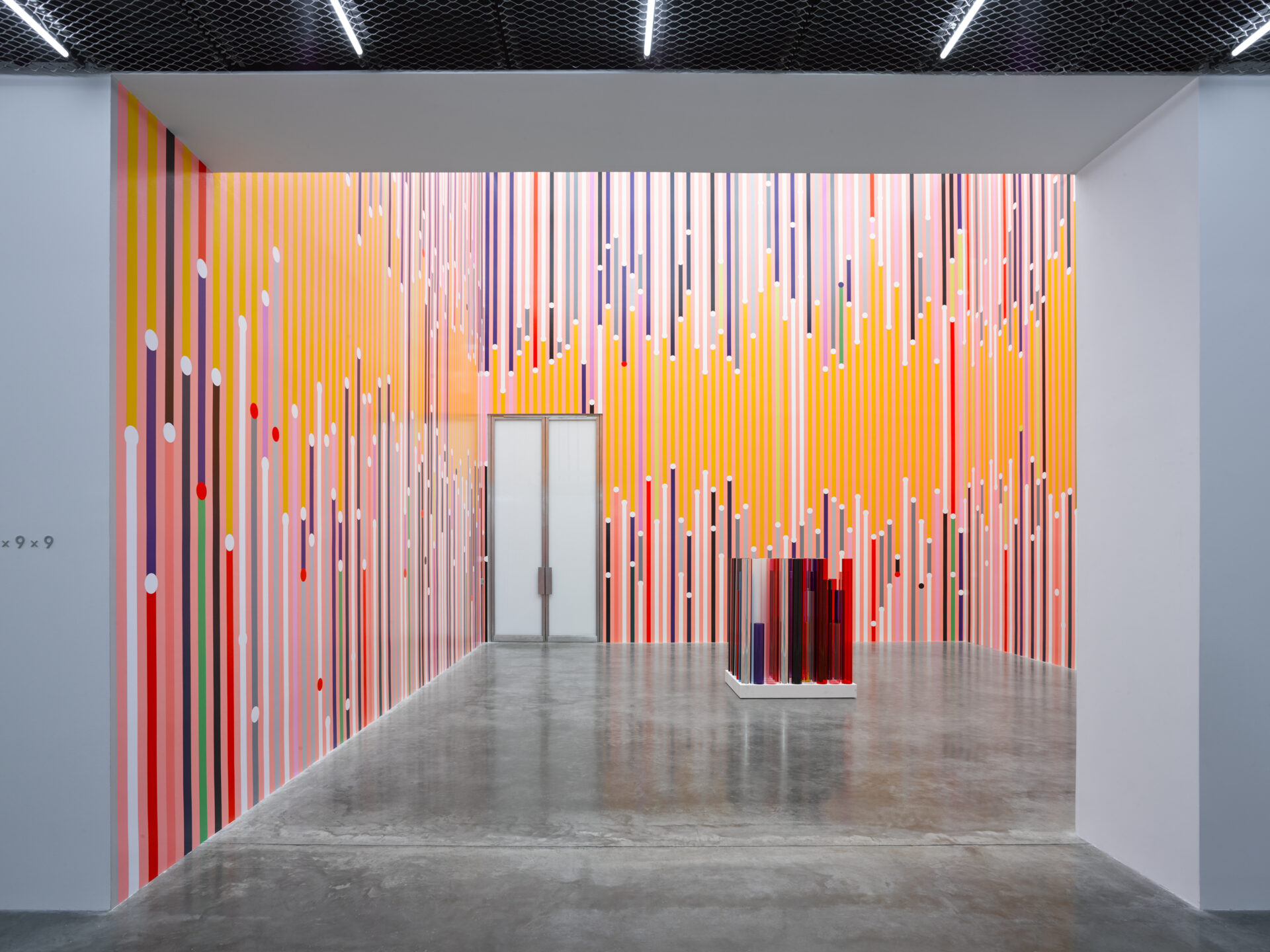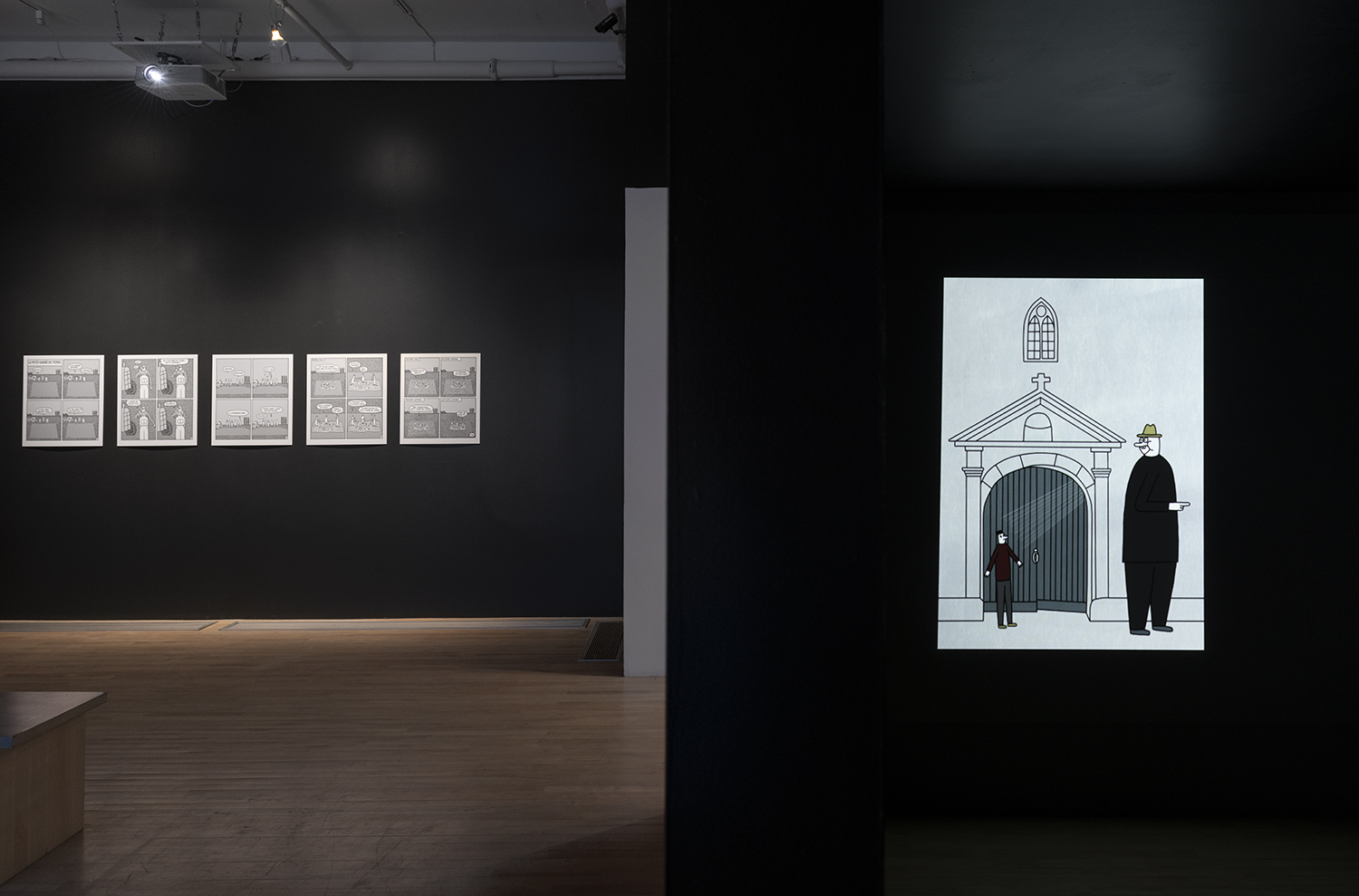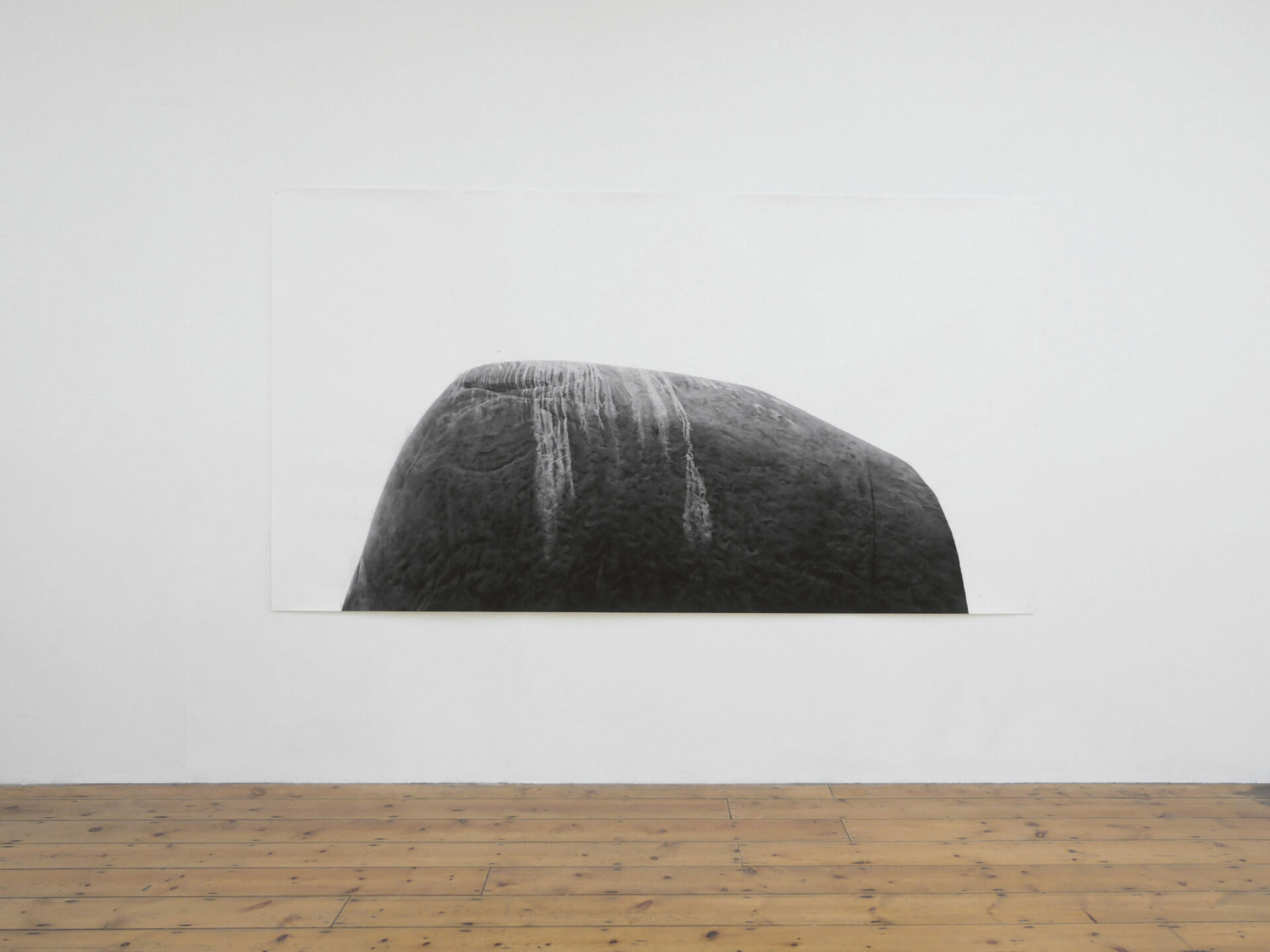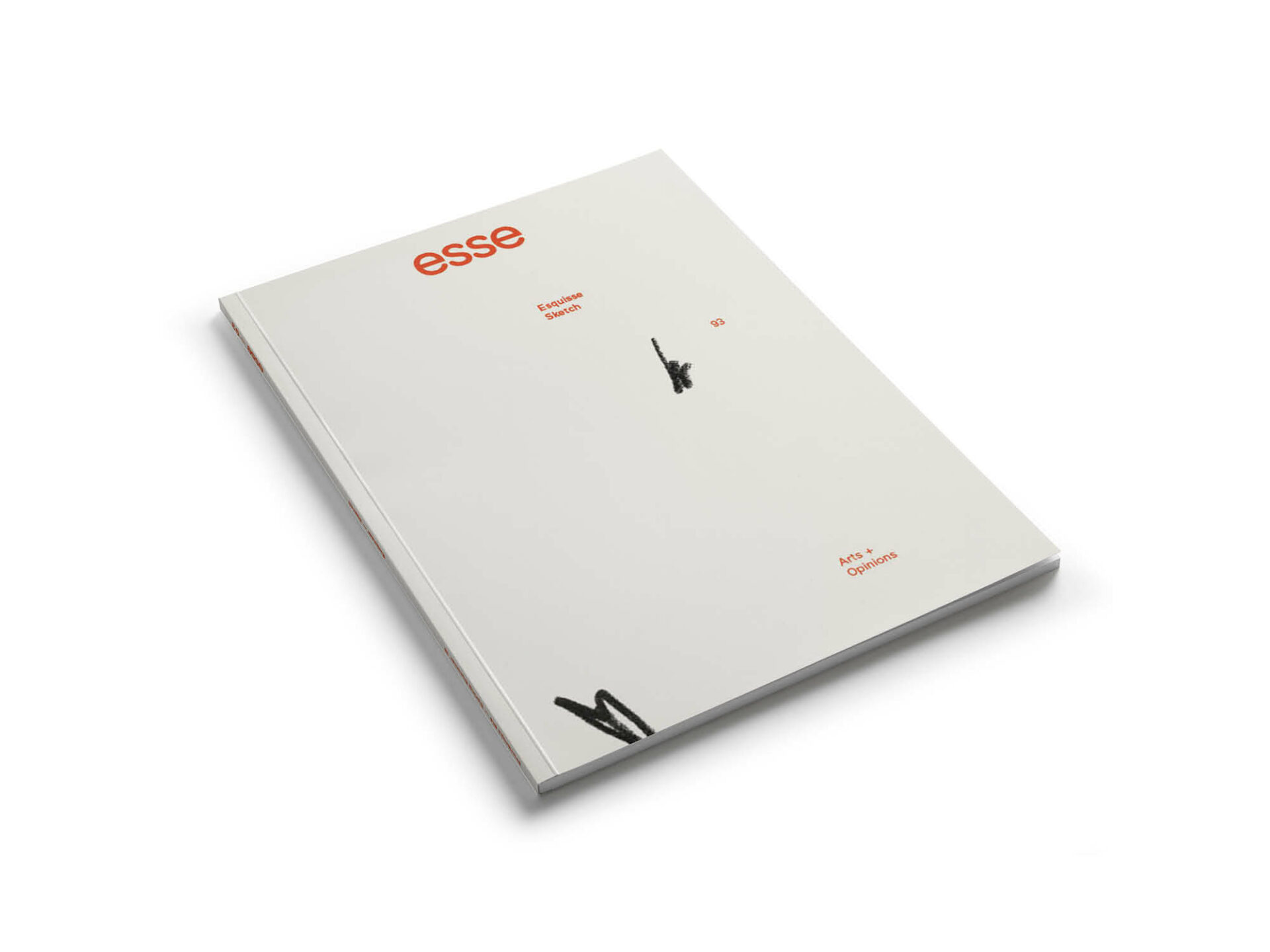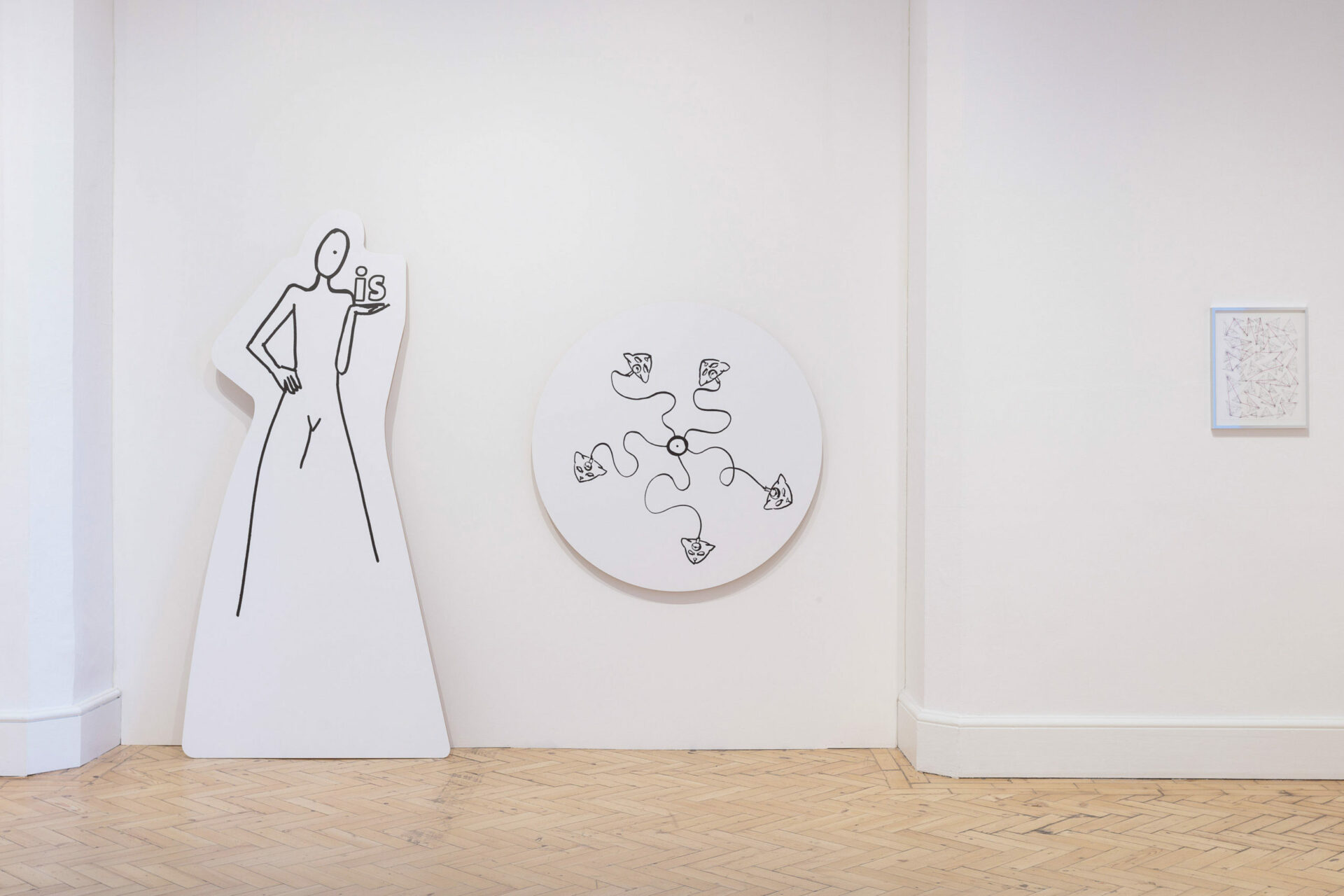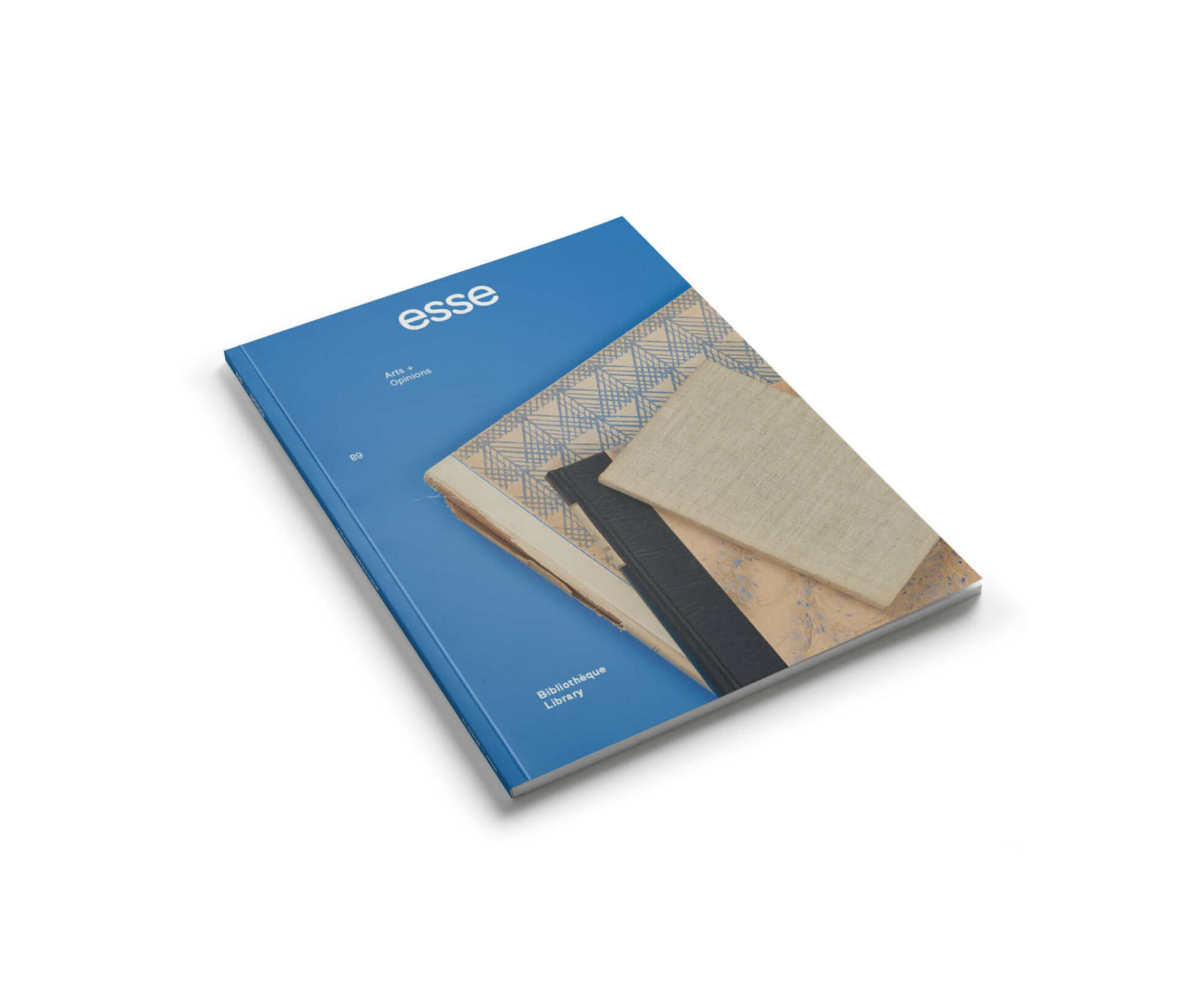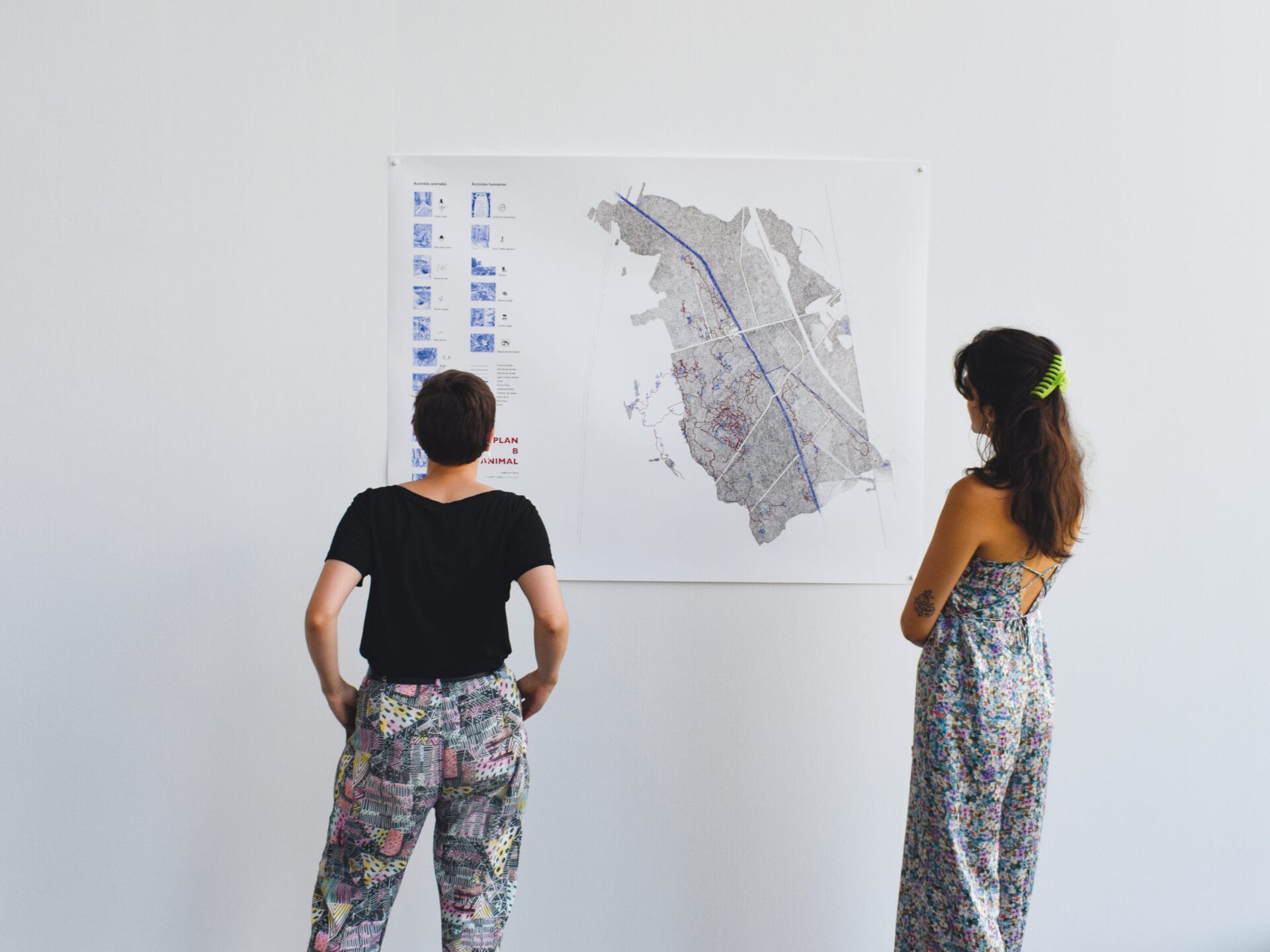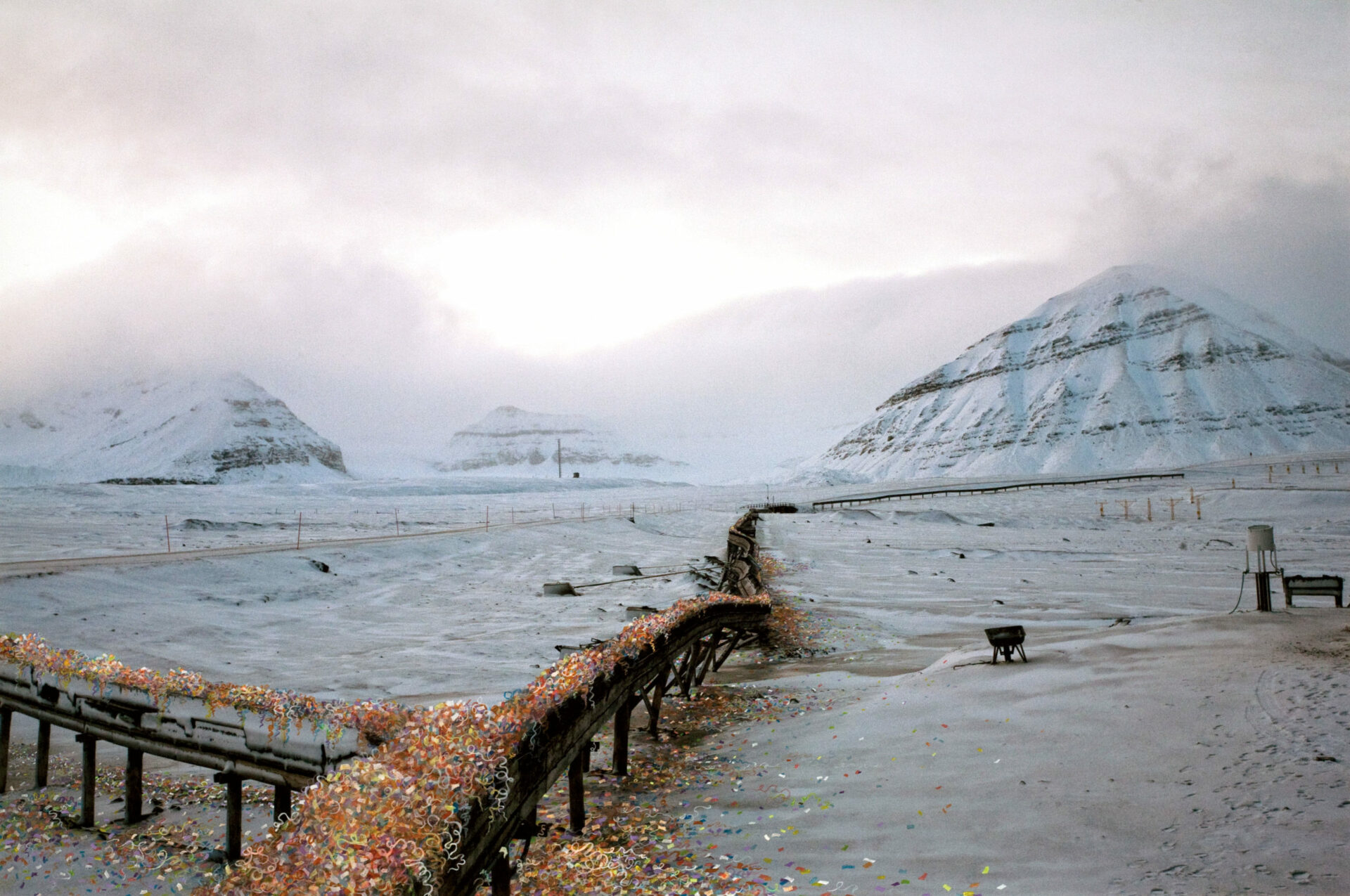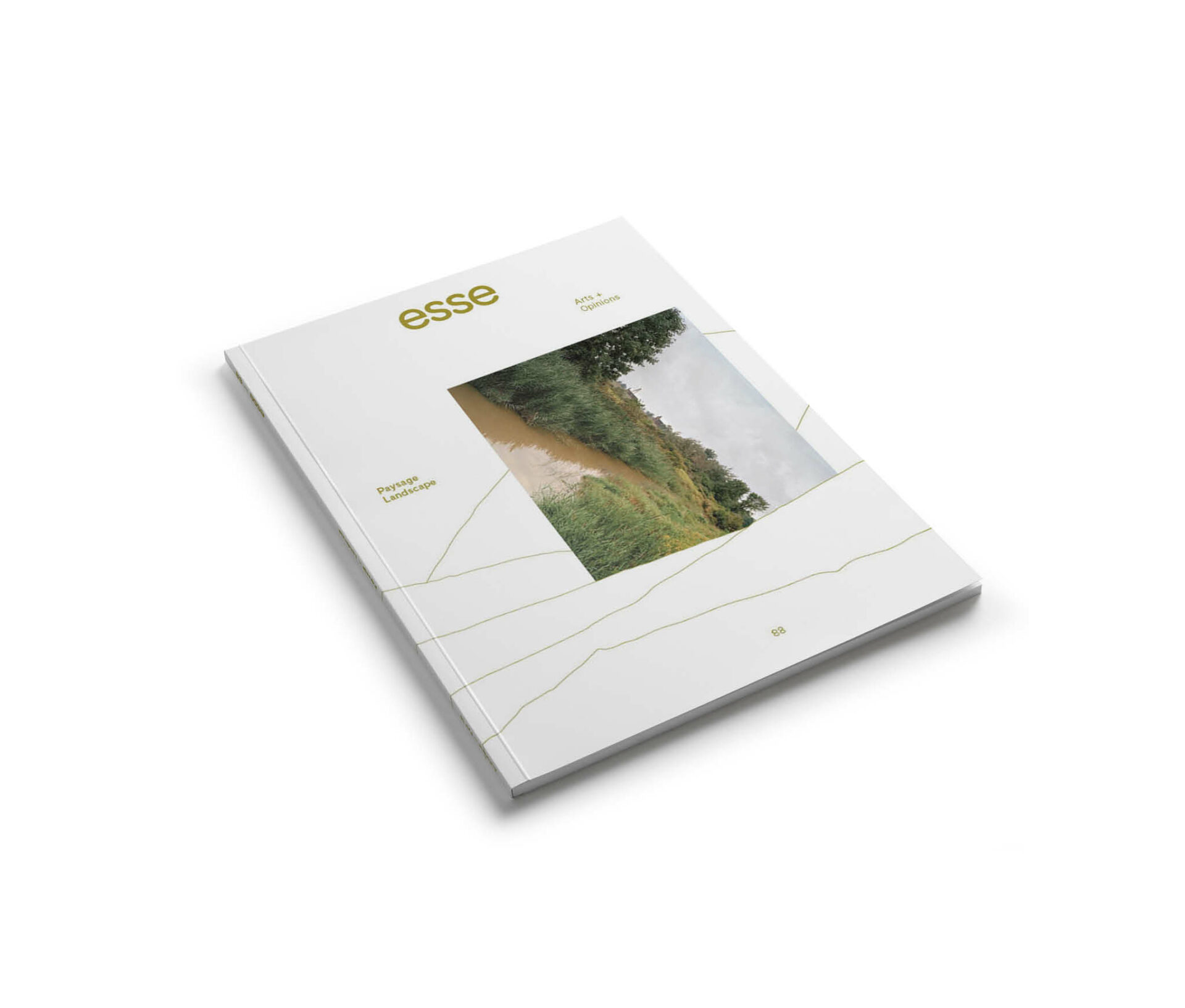Morelli came forward at a time when tenure-track teaching and conceptual practices held new currency within the academy. After part-time precarity in New York, New Jersey, and Québec, he arrived at Concordia University in Montréal, his hometown. Unlike so many artist-professors, teaching for Morelli is not a necessary exchange for the time and money that artistic development requires; his teaching is of his practice. This holistic ecology of making-thinking and thinking-making brushes up against the neoliberal framework of “research-creation,” in which predetermined outcomes and equivalency between art and science are sought in ways that often undermine the truly creative and generative potential of each.1 Instead, his hybrid art practice of drawing, rubber-stamping, stitching, grommeting, gathering, cleaning, cooking, walking, measuring, teaching, talking, adding, and subtracting is more aligned with Chus Martinez’s analysis of art as knowledgeable instead of producing knowledge, a perspective she elegantly put forward in her book Club Univers:… the fashionable phrase “art is the production of knowledge” hides a truth — though hardly the causal and productivist one that is implied. Art bears a strong relation to knowledge because thinking takes place in art, in the interstices of visibility and discourse. But this is different from being a site where arguments are produced, proof is developed, and conclusive evidence is given. Thinking makes seeing and speaking reach their limits.Morelli entre en scène à une époque où les postes permanents en enseignement et les pratiques conceptuelles commencent à se développer au sein du milieu. Après une période de précarité d’emploi à New York, au New Jersey et au Québec, il débarque à l’Université Concordia, à Montréal, d’où il est d’ailleurs originaire. Contrairement à tant d’artistes-professeurs, Morelli ne voit pas l’enseignement comme un mal nécessaire pour avoir accès au temps et à l’argent essentiels au développement artistique. L’enseignement fait partie intégrante de sa pratique. Cette écologie holistique du créer-penser et du penser-créer flirte avec la « recherche-création », cadre de travail néolibéral qui favorise des résultats prévisibles et une équivalence entre science et art qui, souvent, mine les perspectives véritablement créatives et génératrices de l’une comme de [NOTE count=3]l’autre2. En lieu et place, la pratique artistique hybride de Morelli, où se mêlent le dessin, l’estampe, la couture, le rivetage, l’amalgame, le nettoyage, la cuisine, la marche, la mesure, l’enseignement, la conversation, l’addition et la soustraction, se rapproche plutôt de la vision de l’art de Chus Martínez, pour qui l’art est détenteur plutôt que producteur de savoir, notion qu’elle expose en toute élégance dans son ouvrage intitulé Club Univers : « […] l’affirmation à la mode selon laquelle “l’art est la production de savoir” dissimule une vérité – mais pas celle, causale et productiviste, qui est sous-entendue. L’art entretient des liens solides avec le savoir parce qu’une réflexion est à l’œuvre dans l’art, dans les interstices de la visibilité et du discours. Mais il ne s’agit pas d’un espace d’où émaneraient des arguments, s’élaboreraient des preuves et jailliraient des données probantes. Réfléchir pousse à leur limite le voir et le parler4. »
